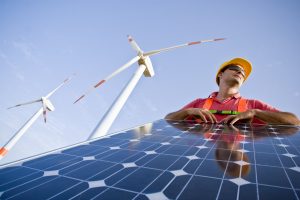 Energy Secretary Rick Perry’s so-called grid reliability study will be nothing more than thinly-veiled propaganda for the coal industry and a tool to justify expensive government handouts to outdated power plants.
Energy Secretary Rick Perry’s so-called grid reliability study will be nothing more than thinly-veiled propaganda for the coal industry and a tool to justify expensive government handouts to outdated power plants.
How do we know? The tactic is ripped straight from FirstEnergy’s well-worn subsidy playbook.
The Ohio-based utility has relentlessly sought a massive, customer-funded bailout to prop up its unprofitable power plants. It repeatedly tried using reliability as an excuse for subsidies, while the regional grid operator repeatedly declared there would be plenty of generation to keep the lights on without FirstEnergy’s old power plants.
The reliability justification hasn’t worked for FirstEnergy, and it won’t work for the pro-coal Trump administration. The reality is, a 21st-century energy system won’t be based on old, lumbering coal plants. Instead, modern energy technology means we can build a cleaner, more flexible, and reliable electric grid. Read More










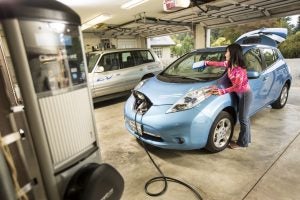 Americans are switching to cleaner cars and electricity. In addition to being smart purchases, these clean energy choices could be a political statement. Consumers are choosing to use their hard-earned dollars to show what they want: clean energy, a clean economy, and government policies that reflect their values.
Americans are switching to cleaner cars and electricity. In addition to being smart purchases, these clean energy choices could be a political statement. Consumers are choosing to use their hard-earned dollars to show what they want: clean energy, a clean economy, and government policies that reflect their values.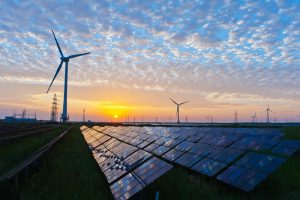 More than
More than 
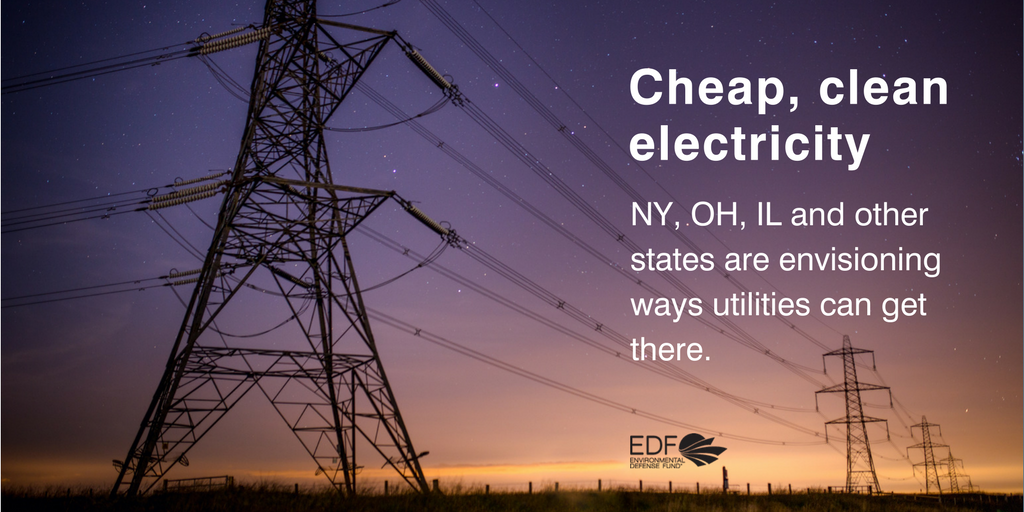
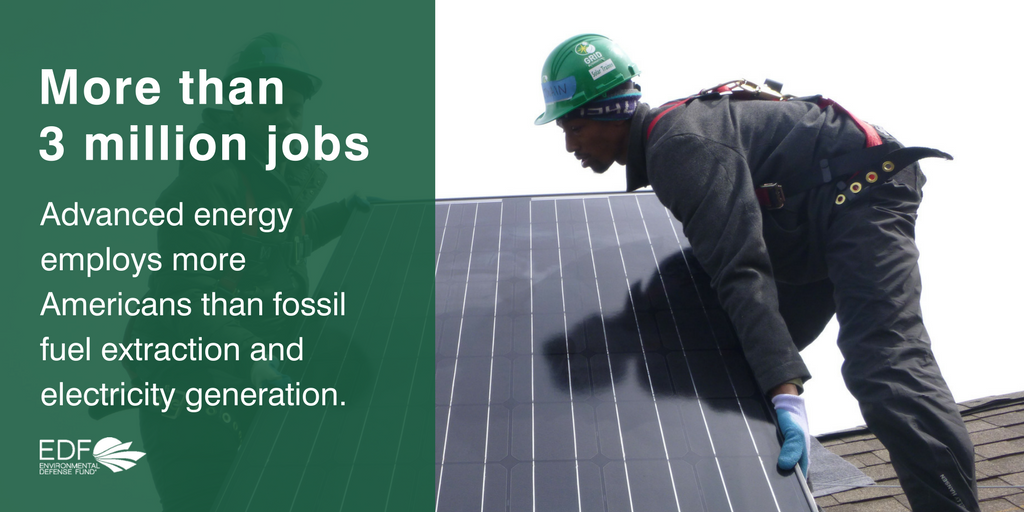
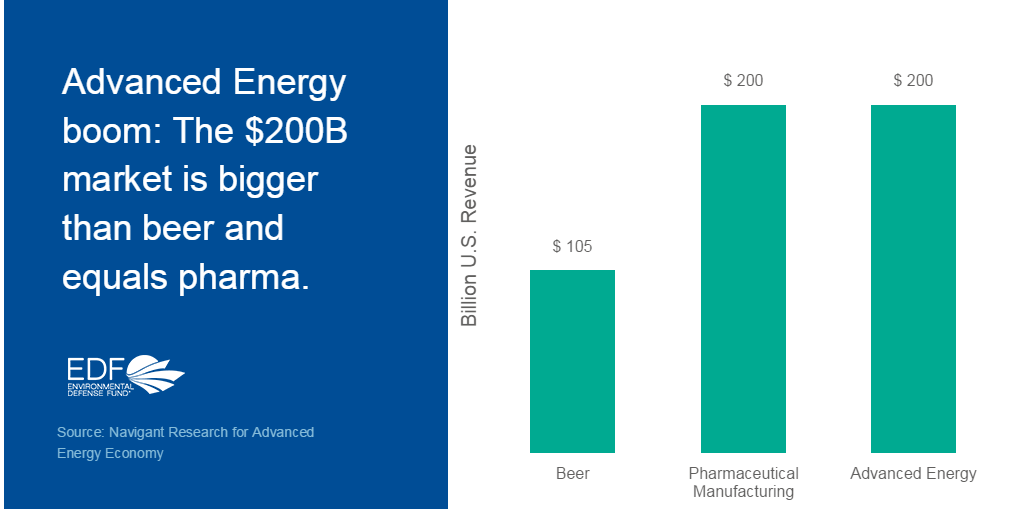
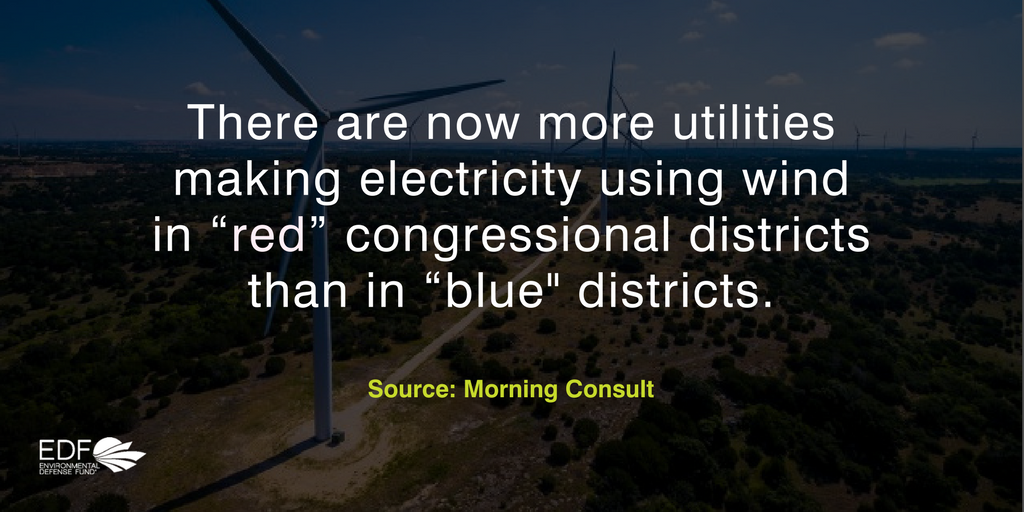

 Barely a month after his inauguration, President Trump is proceeding with plans to dismantle protections under the Clean Air Act and Clean Water Act. The targets include
Barely a month after his inauguration, President Trump is proceeding with plans to dismantle protections under the Clean Air Act and Clean Water Act. The targets include 